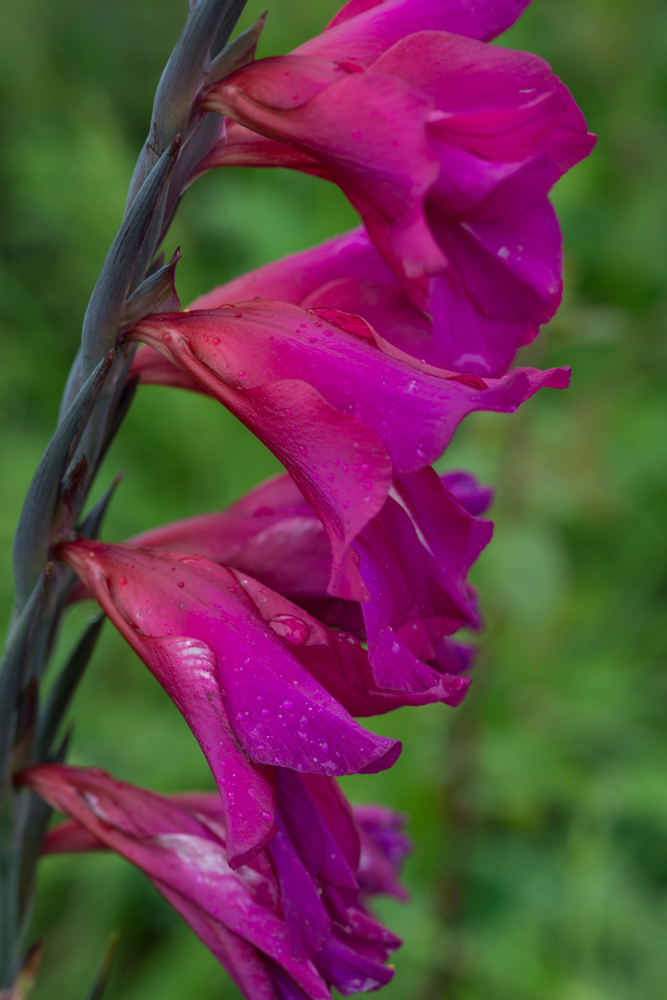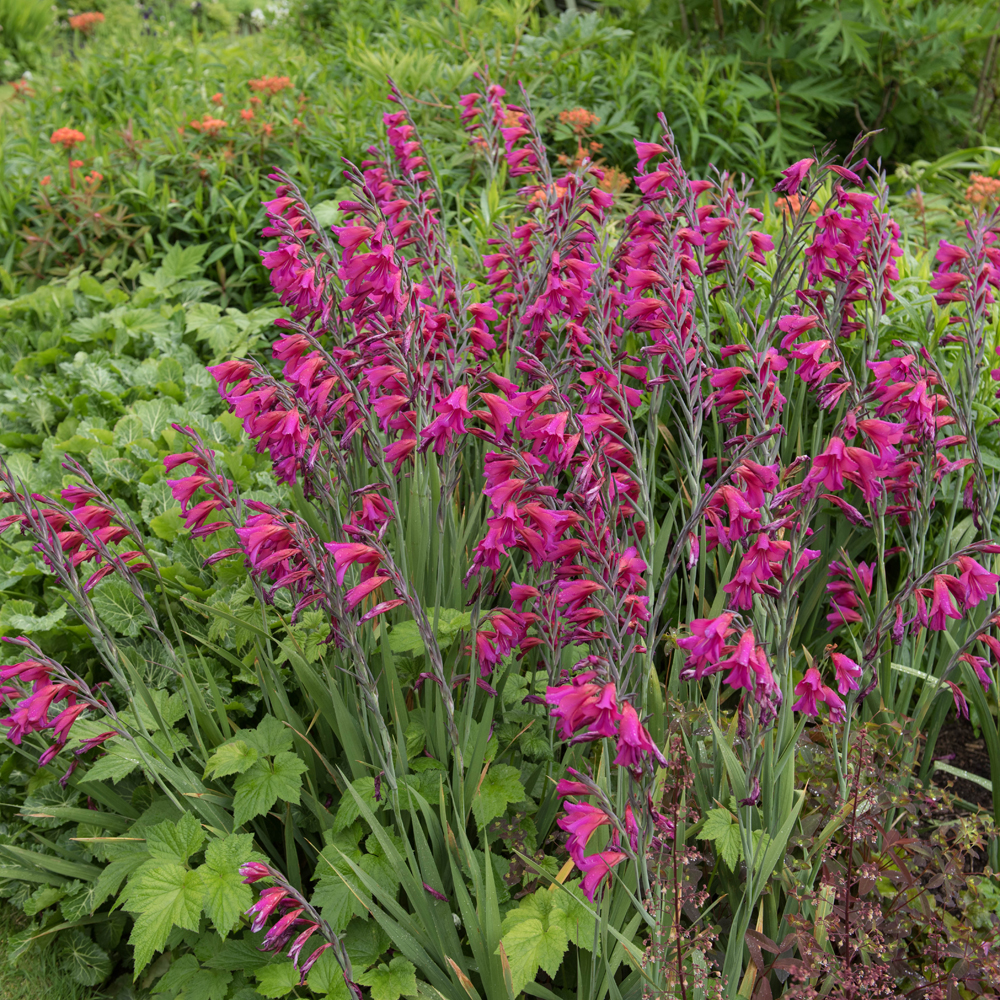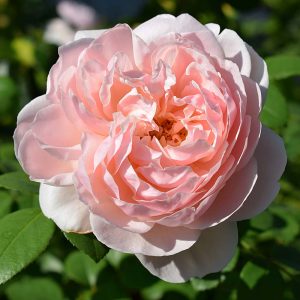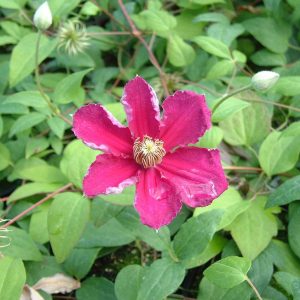Description
Gladioli byzantinus is a species of flowering plant in the iris family, known by the common names Byzantine gladiolus and Byzantine sword lily. It is native to the Mediterranean region and is commonly grown as an ornamental plant for its tall spikes of vibrant, funnel-shaped flowers. The flowers are purple in color and bloom in late spring to early summer.
Key Facts
- Common Name(s):Byzantine gladiolus
- Hardiness:Fully hardy
- How big will I get? Gladiolus communis subsp. Byzantinus can grow to a height of 1m and a spread of 0.1m.
- Did You Know That:The plant is also known for its long vase life, making it a popular choice for cut flowers?
Plant Calendar
A rough guide to how this plant will change through the year.
| Jan | Feb | Mar | Apr | May | June | July | Aug | Sept | Oct | Nov | Dec | |
| Flowering Time |  |
 |
||||||||||
| Foliage Colour |  |
 |
 |
 |
 |
 |
 |
 |
 |
| J | F | M | A | M | J | J | A | S | O | N | D |
 |
 |
||||||||||
 |
 |
 |
 |
 |
 |
 |
 |
 |
Care Guide

Soil Requirements
Gladiolus communis subsp. Byzantinus prefers soil with good drainage and does not tolerate standing water. This plant can grow in soil with a wide range of pH levels, it is not picky about the pH level of the soil.

Best Position
Gladiolus communis subsp. Byzantinus prefers a sheltered position and requires full sun to thrive, this consists of more than six hours of direct sunshine per day.

Maintenance
Gladiolus communis subsp. Byzantinus is fairly low maintenance and doesn’t require any pruning.

Pest, Diseases and Wildlife
Gladiolus communis subsp. Byzantinus can have problems with thrips, aphids and slugs, it can be vulnerable to certain diseases such as grey moulds. It is toxic to cats, dogs and horses.







